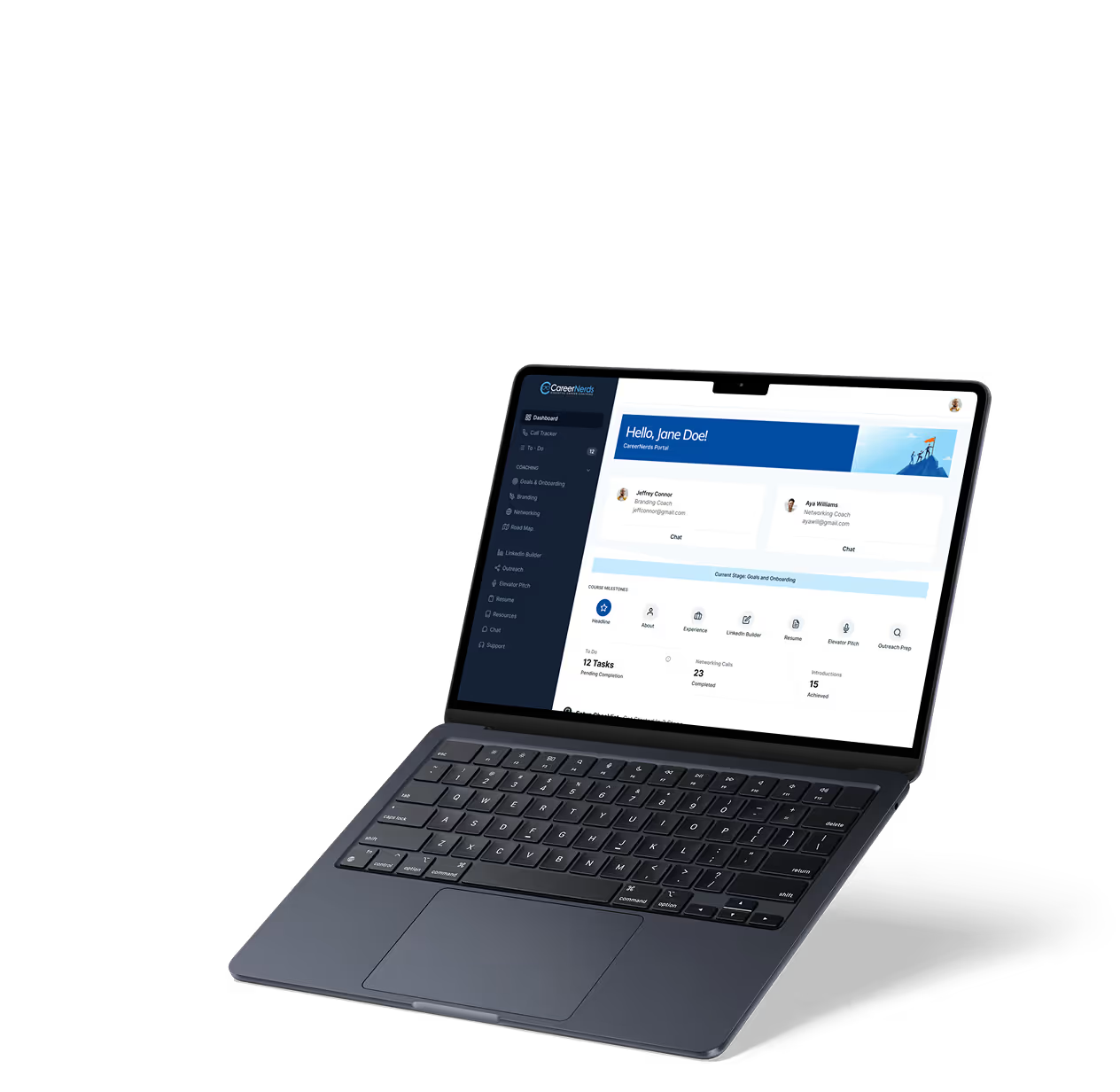Function-as-a-Service in Automation
Automation
Explore how Function-as-a-Service (FaaS) transforms automation with scalable, event-driven cloud functions for efficient workflows.
Introduction to Function-as-a-Service in Automation
Have you ever wondered how automation can become more flexible and scalable? Function-as-a-Service, or FaaS, is a cloud computing model that lets you run small pieces of code in response to events without managing servers. This approach is changing how businesses automate tasks and processes.
In this article, we will explore what FaaS is, how it works in automation, and why it matters for your projects. You will also see real examples and learn how to get started with FaaS in your automation workflows.
What is Function-as-a-Service (FaaS)?
Function-as-a-Service is a cloud service model where you write individual functions that execute in response to triggers. Unlike traditional servers, you don’t have to worry about infrastructure. The cloud provider handles scaling, availability, and maintenance.
FaaS is event-driven, meaning your code runs only when needed. This makes it cost-effective and efficient. You pay only for the compute time your functions use, not for idle server time.
- Serverless: No server management required.
- Event-driven: Functions run on specific triggers.
- Scalable: Automatically adjusts to demand.
- Cost-efficient: Pay per execution.
Popular FaaS platforms include AWS Lambda, Google Cloud Functions, and Azure Functions. These platforms integrate well with automation tools and services.
How FaaS Enhances Automation
Automation often involves connecting different apps and services to perform tasks without manual effort. FaaS fits perfectly here because it can run custom code snippets triggered by events in your automation workflows.
For example, when a new file is uploaded to cloud storage, a FaaS function can automatically process it, update a database, or send notifications. This flexibility allows you to customize automation beyond standard integrations.
- Custom Logic: Add unique processing steps.
- Integration: Connect apps that don’t natively talk.
- Real-time Processing: Respond instantly to events.
- Reduced Complexity: Break workflows into manageable functions.
Tools like Zapier and Make now support running FaaS functions within their automation flows, making it easier to combine no-code platforms with custom code.
Use Cases of FaaS in Automation
FaaS is versatile and can be applied in many automation scenarios. Here are some common examples:
- Data Transformation: Convert or clean data as it moves between systems.
- Notification Systems: Send alerts based on specific triggers or conditions.
- Image and Video Processing: Automatically resize or optimize media files.
- API Orchestration: Combine multiple API calls into one seamless process.
- IoT Automation: Respond to sensor data in smart devices.
For instance, a company using Glide to build apps can trigger a FaaS function to update backend data or perform calculations that the app itself cannot handle.
Benefits of Using FaaS in Your Automation Projects
Choosing FaaS for automation brings several advantages that can improve your workflows and reduce costs.
- Scalability: Functions scale automatically with demand, so you don’t worry about traffic spikes.
- Cost Savings: Pay only for the time your code runs, avoiding idle server costs.
- Faster Development: Focus on writing small functions instead of managing infrastructure.
- Flexibility: Easily update or add new functions without disrupting the whole system.
- Improved Reliability: Cloud providers handle uptime and fault tolerance.
These benefits make FaaS ideal for startups and enterprises looking to automate efficiently and innovate quickly.
How to Get Started with FaaS in Automation
Getting started with FaaS is easier than you might think. Here are simple steps to begin:
- Choose a Platform: Pick a cloud provider like AWS Lambda or Google Cloud Functions.
- Write Your Function: Use languages like JavaScript, Python, or Go to write small, focused code snippets.
- Set Triggers: Define events that will run your function, such as HTTP requests, file uploads, or database changes.
- Integrate with Automation Tools: Connect your functions with platforms like Zapier or Make to build workflows.
- Test and Deploy: Run tests to ensure your function works as expected, then deploy it to production.
For example, you can create a Lambda function that resizes images uploaded to an S3 bucket and then use Make to trigger this function whenever a new image appears.
Challenges and Best Practices
While FaaS offers many benefits, there are some challenges to keep in mind.
- Cold Starts: Functions may have a delay when they run after inactivity.
- Timeout Limits: Functions usually have maximum execution times, so long tasks need special handling.
- Monitoring: Tracking function performance and errors requires good tools.
To overcome these, follow best practices:
- Keep functions small and focused.
- Use asynchronous processing for long tasks.
- Implement logging and monitoring with cloud tools.
- Optimize code to reduce cold start impact.
By planning carefully, you can maximize FaaS benefits in your automation projects.
Conclusion
Function-as-a-Service is a powerful way to enhance automation by running event-driven code without managing servers. It offers flexibility, scalability, and cost savings that help you build smarter workflows.
Whether you are a developer or a business user, integrating FaaS with no-code tools like Zapier or Glide can unlock new automation possibilities. Start small, experiment, and watch your automation become more dynamic and efficient with FaaS.
FAQs
What does Function-as-a-Service (FaaS) mean?
How does FaaS improve automation workflows?
Which platforms support Function-as-a-Service?
What are common use cases for FaaS in automation?
Are there challenges when using FaaS?
How can I start using FaaS in my automation projects?
Related Terms
See our numbers
315+
entrepreneurs and businesses trust LowCode Agency
Investing in custom business software pays off
he team at LowCode Agency didn't just build an app, they transformed how we approach client management. They took the time to understand our methodology and created a solution that enhanced rather than replaced what made us successful.
75%
reduction in time spent on client management through automation
40%
increase in coach productivity within the first month

Tom Kent
,
Founder & CEO
Career Nerds



%20(Custom).avif)